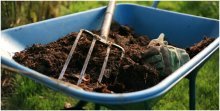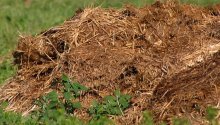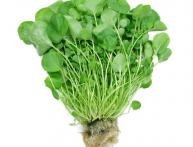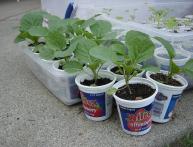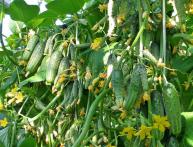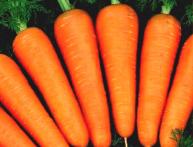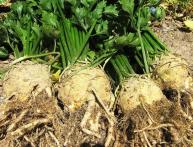Using manure in the garden: features of pig manure as fertilizer
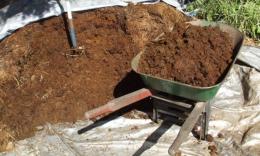
Animal manure is most often used as fertilizer for the garden. It is used for any type of soil. Fresh manure is almost never used; you need to wait for it to rot, otherwise it can burn young plants and do more harm than good.
Content:
- Animal manure as fertilizer
- Advantages and disadvantages of pig manure
- How and when to apply organic fertilizers
Animal manure as fertilizer
If it is not possible to stock up on manure yourself, you can purchase it in specialized stores. Apply:
- cow dung
- horse manure
- sheep manure
- pig manure
- chicken droppings
Experienced gardeners are planning to land in advance, so manure must be purchased about a year before it is used. Bags of fertilizer are left in a ventilated place where it will not be affected by precipitation. There will be no need to treat with chemicals or other additives before use.
Cow manure is most often used and is rich in nutrients. It is cheap, and if there is a livestock farm nearby, you can even agree to pick it up for free. Cow dung is used on poor soils. It retains moisture and can release organic elements throughout the season.
Horse manure is also popular among gardeners. Getting it is also not difficult.Horse manure is collected in the spring. Manure should be clean, without adding sawdust; the best option would be a mixture with straw or peat. Horse manure should be used carefully, away from plant stems. The fresher it is, the more nutrients it contains.
To prevent horse manure from rotting quickly, it is spread on compost or a concrete surface. It can be used several months after collection. If pesticides or herbicides have got into it, then it can be used no earlier than after a year.
Lamb and pig manure are used somewhat less frequently. In composition, it is less nutritious, but colder and rawer, so before processing and using it you need to stock up on theoretical knowledge. According to the storage method, sheep and pig manure are similar to horse manure.
Chicken manure is also used in gardening. It contains a large amount of nitrogen. It is not used in isolation, but together with compost.
Advantages and disadvantages of pig manure
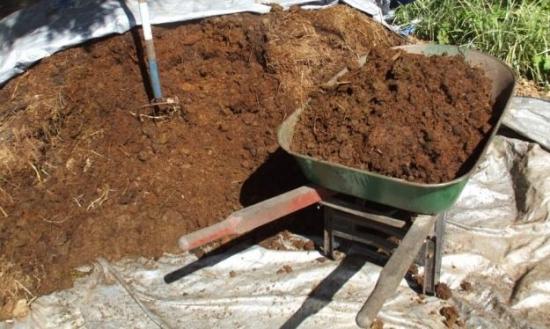
Pig manure has the following physical characteristics: it is acidic, liquid, and slowly decomposes. It contains a small amount of calcium and has poor heat transfer. It is advisable to use pig manure on warm soils, but if you mix it with horse, then this requirement will not be relevant.
Pig manure can be used like any other animal's manure, although it is considered less nutritious. Before use, manure from large animals must mature, for this it must take at least one year, preferably two. During storage, each layer of manure is sprinkled with fluff lime. Lime activates the processes of burnout and deoxidation.
Pig manure can be used alone or mixed with other types. It is added to the soil according to the requirements of the soil and the plant itself for organic fertilizer.
50 grams of lime are added to one bucket of pig manure. If this is not possible, then before use it is kept in a dense pile for six months with the addition of 100 grams of phosphate rock per bucket of material. The latter will not allow nitrogen to evaporate and activates microbiological processes.
Why is pig manure used less often as fertilizer? Pigs eat not only plant foods, but also animals. Therefore, the product of its vital activity will differ significantly in composition. Many weed seeds can be found in manure.
Pig manure has not yet been appreciated. It is unpleasant to work with, it has a sharp, unpleasant odor, but nevertheless it can occupy a leading position among organic fertilizers, because it is suitable for all soils and interacts well with different plants. The soil does not get tired of this type of fertilizer and becomes more fertile each time.
How and when to apply organic fertilizers

Why can't you fertilize the soil with fresh manure? If it gets into warm soil, it will begin to actively release gases and heat, which will lead to the death of the plant. Fresh manure can be diluted in water and watered between the rows of adult plants.
Rested manure called humus. It improves the soil structure and makes it richer in microelements. Cow manure contains large amounts of magnesium, calcium, potassium, phosphorus and nitrogen, while horse manure is richer in nitrogen, potassium and phosphorus.
It is correct to use horse manure in the fall.If fresh manure is used, it is not buried; the deeper it is placed, the slower it will decompose and release less nutrients. During the winter, the manure will have time to decompose and will release the maximum amount of nutrients during the period of active plant growth in the spring.
Rotted manure is also applied in the fall, then in winter it will have time to fully ripen. The wetter and warmer the soil, the faster the ripening process will occur. For one square meter of soil, 6-7 kg of cow manure or 4 kg of cow manure is used.
If the manure is still rotten in winter, then it is advisable to use it for early vegetable crops: pumpkins, cucumbers, carrots or onions. For these crops, it is enough to use only manure. In the first year, the harvest may not differ from the harvest of previous years, but after a year the results of the fertilizer will be noticeable.
Manure should be stored as follows. It is laid in layers on a dry, level area. The material must not come into contact with the ground. Peat or turf is laid between the layers, and the whole thing is covered with peat, straw, sawdust or turf on top. Plastic film will protect the manure from moisture.
Pig manure is not often used by gardeners. If you mix it with horse manure, the mixture will have the best qualities.
Video on preparing liquid fertilizer from manure:
Interesting information about the vegetable garden

